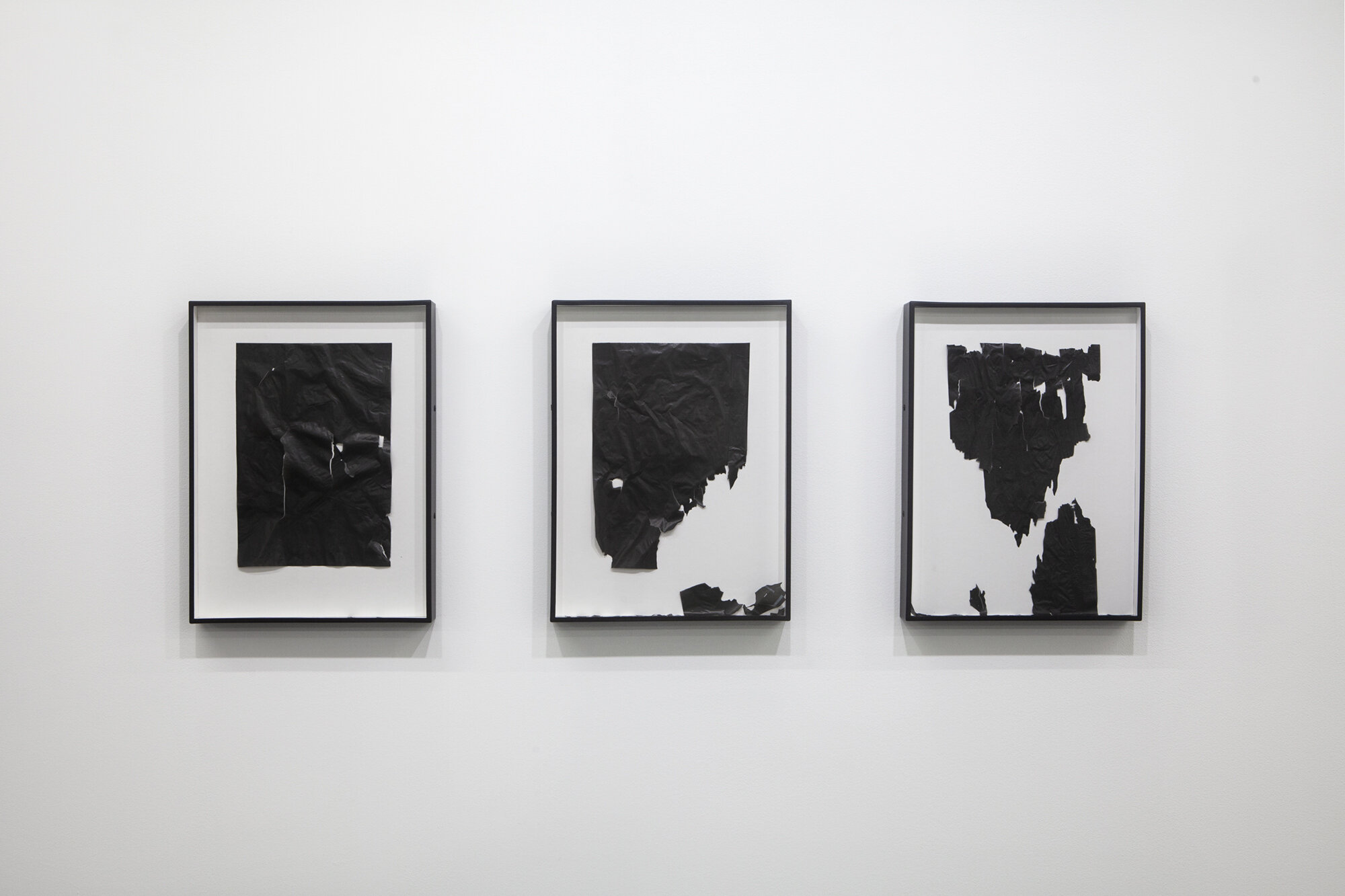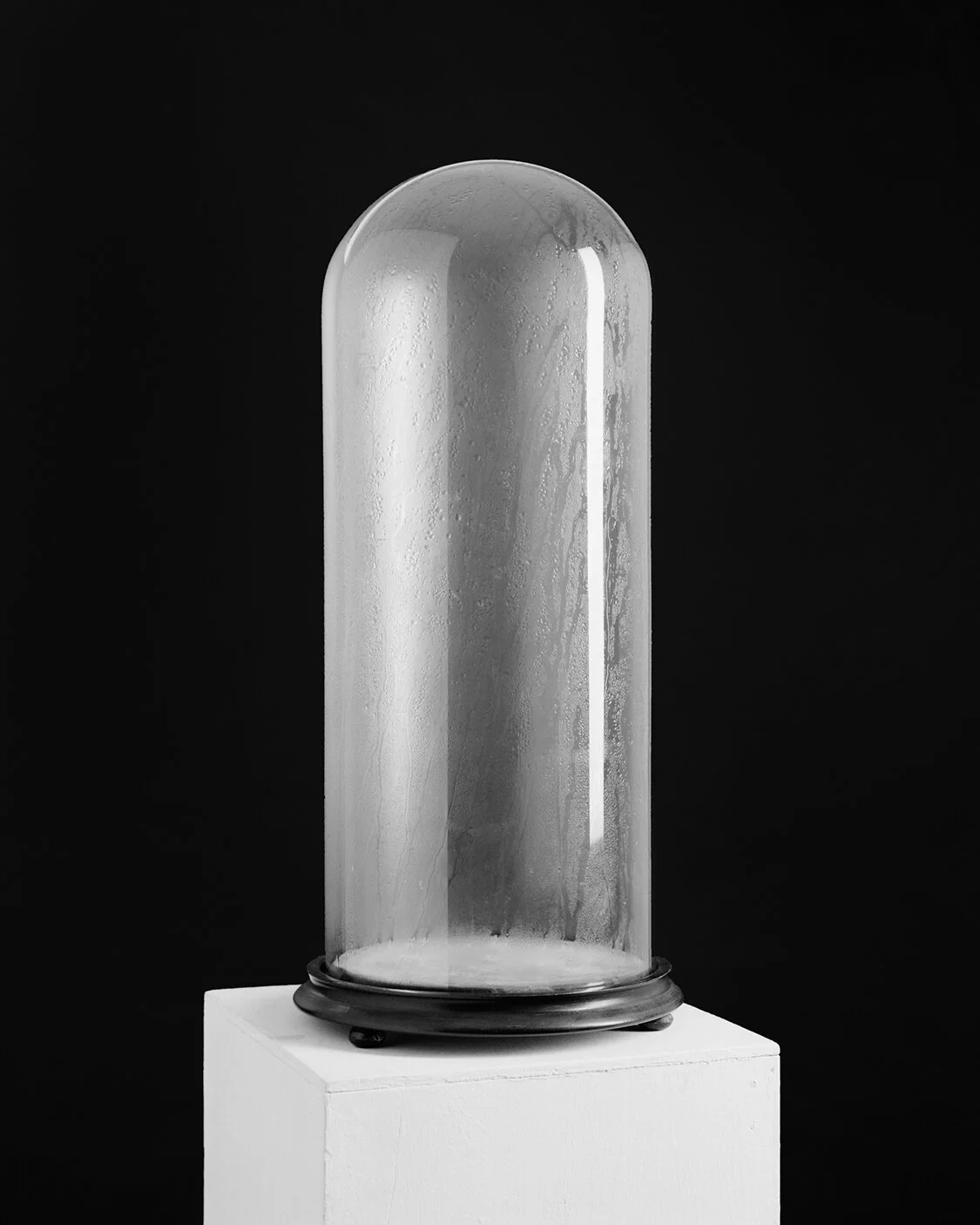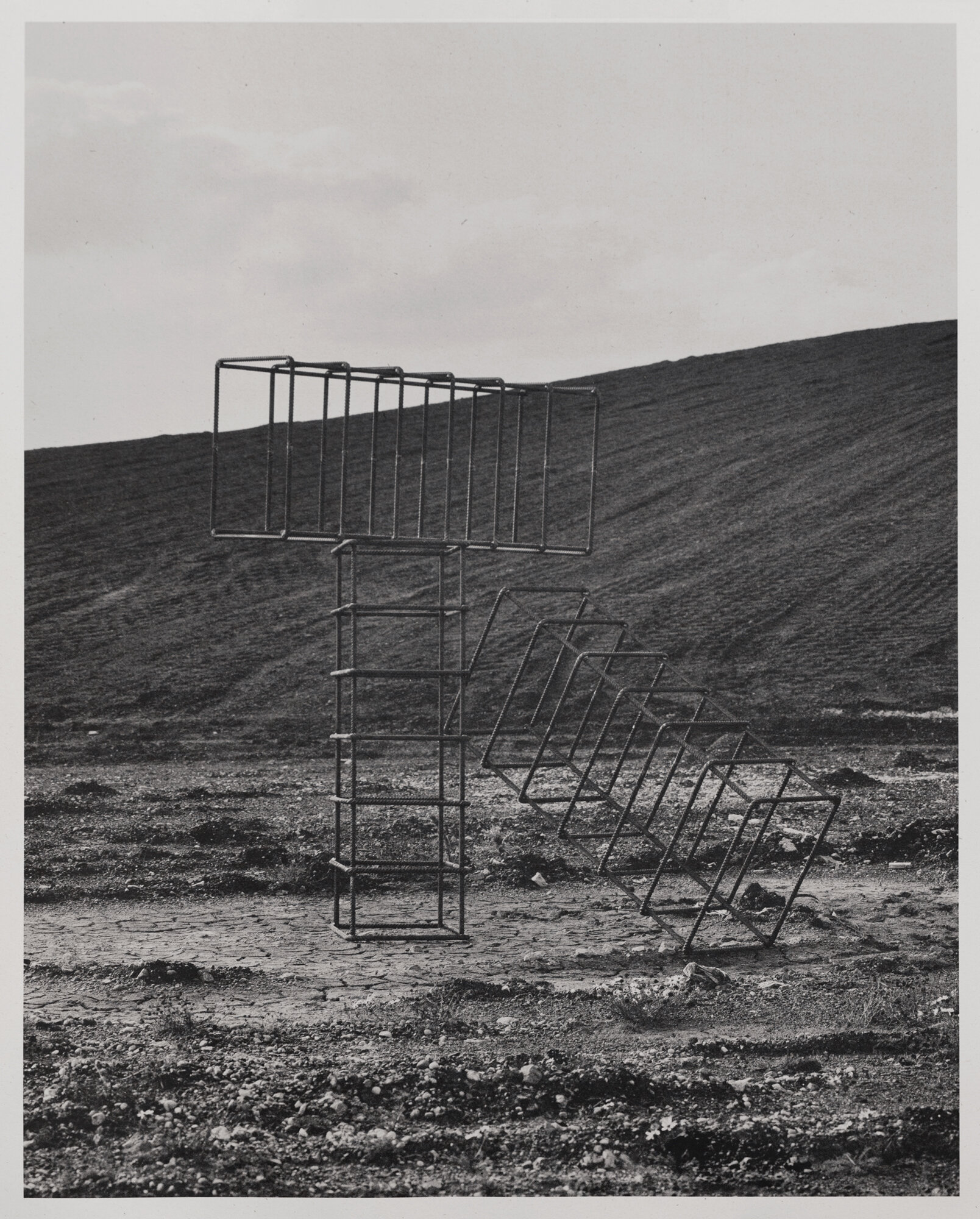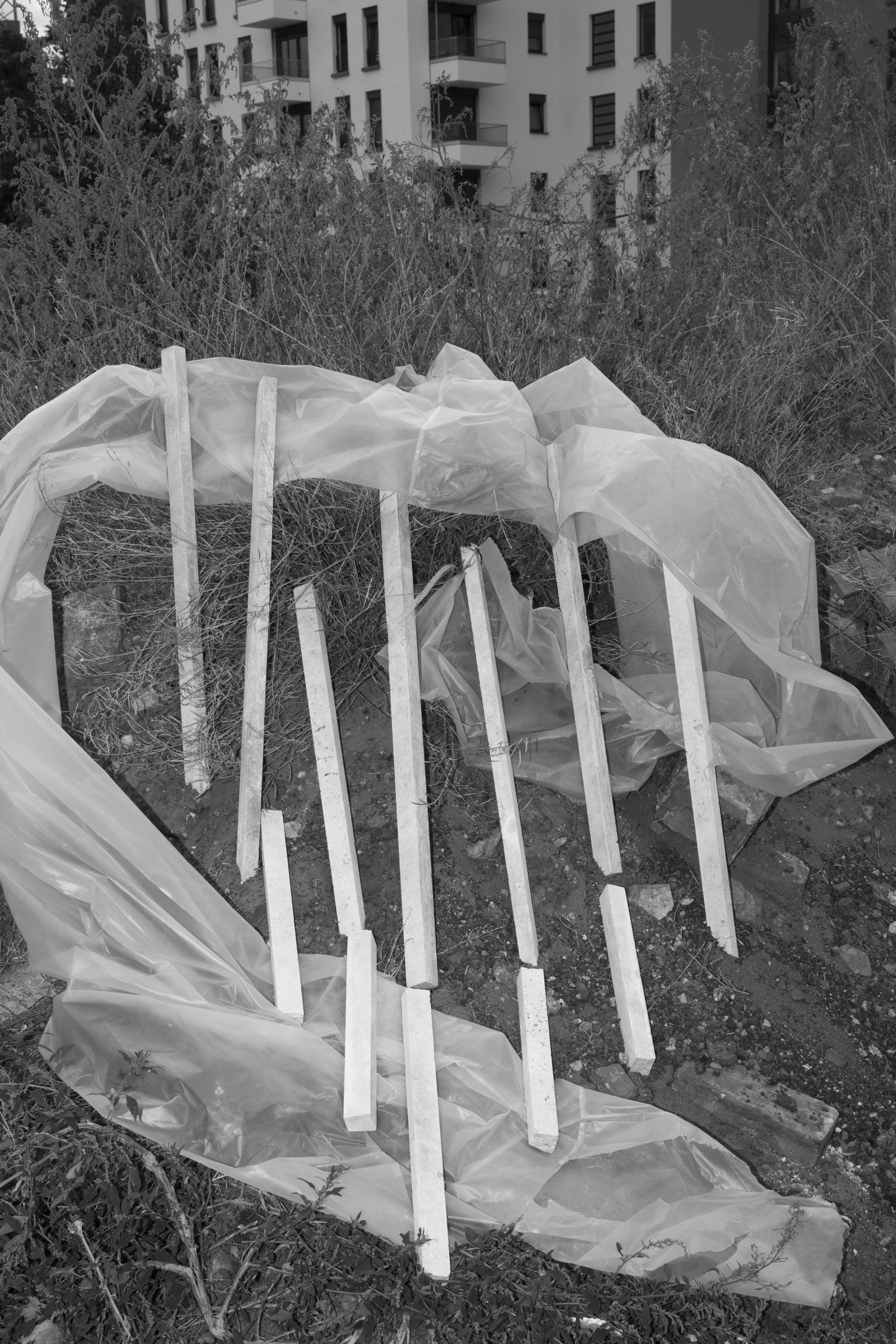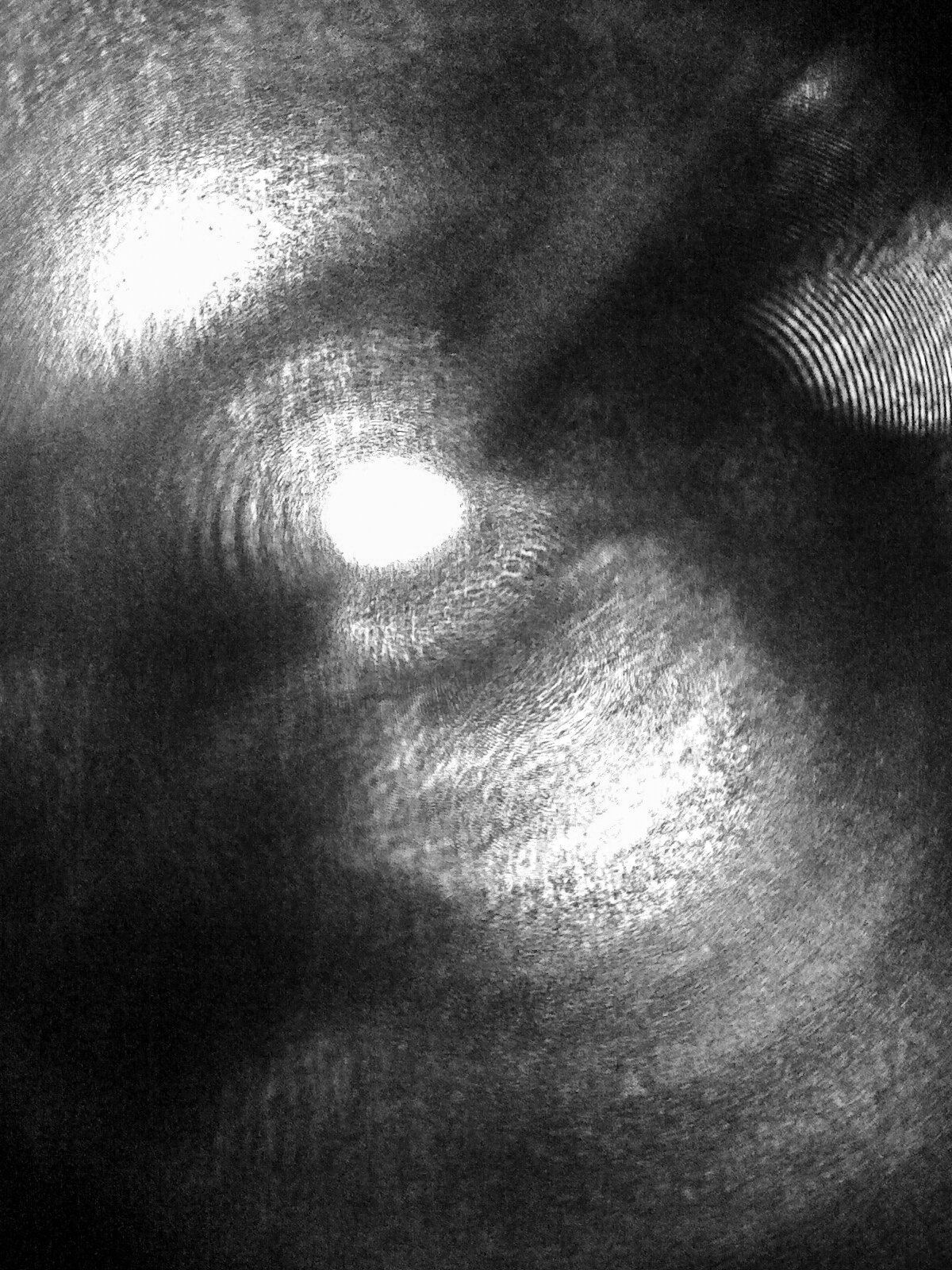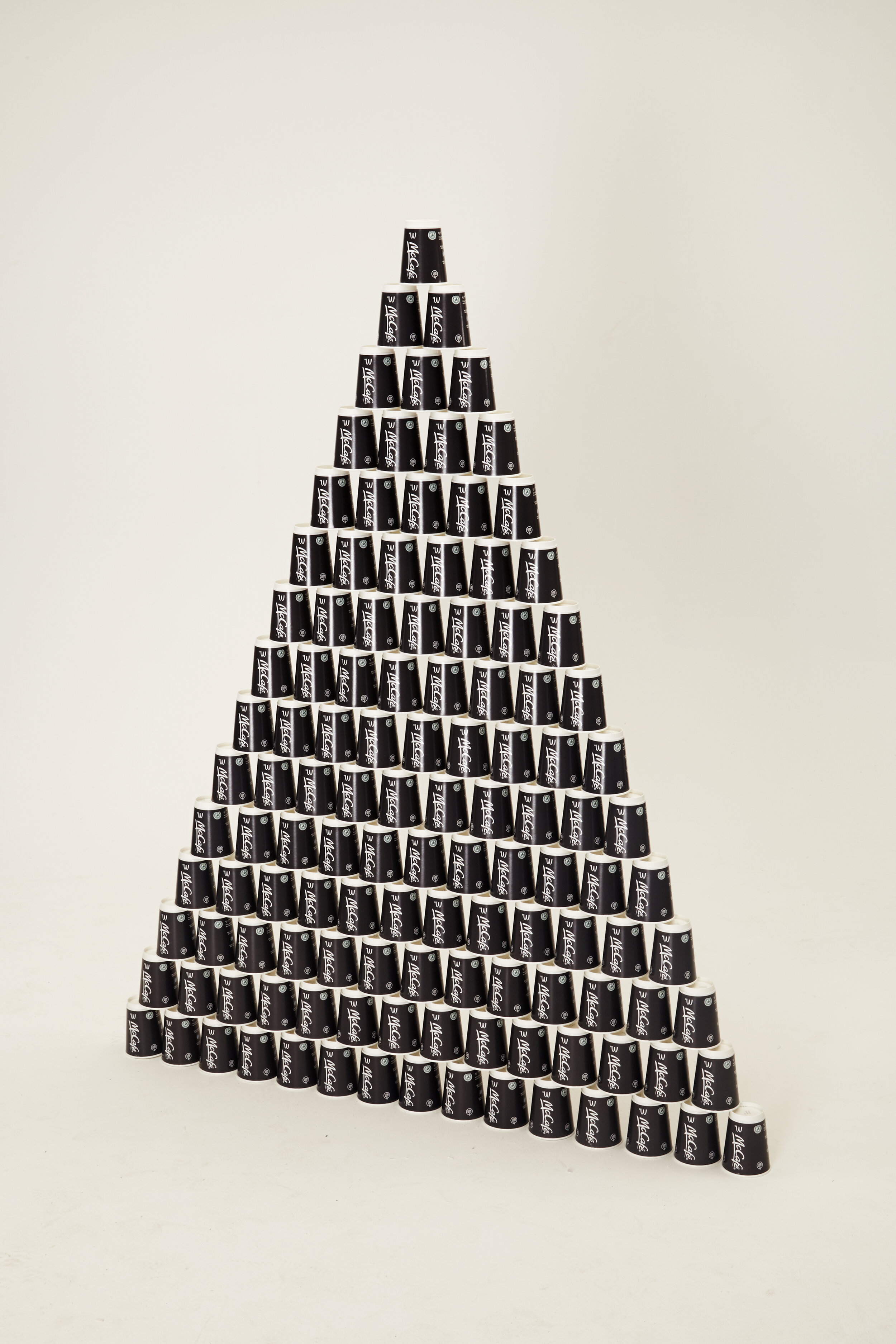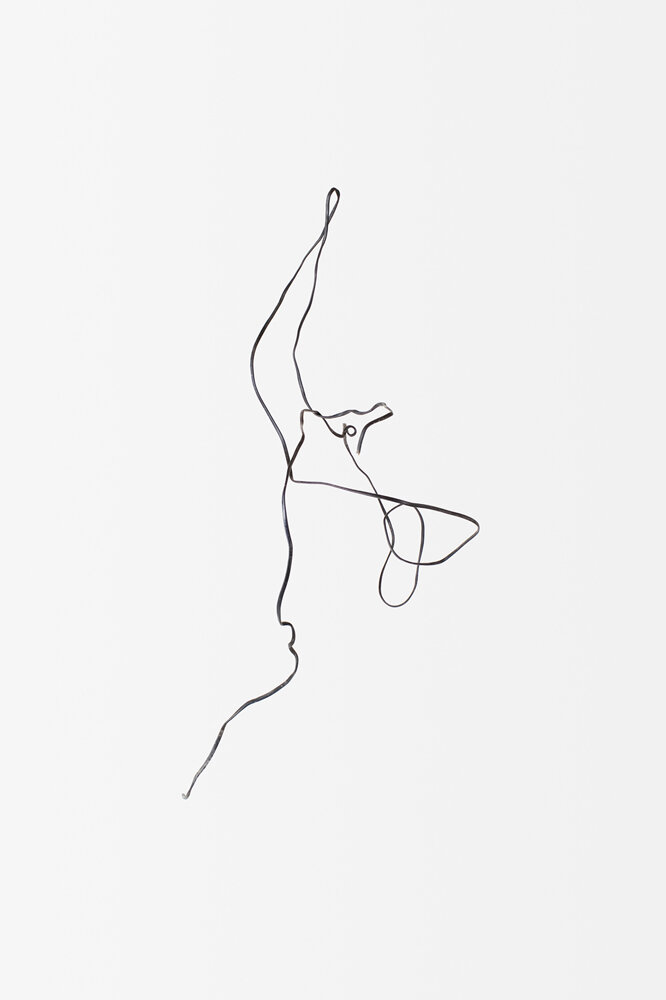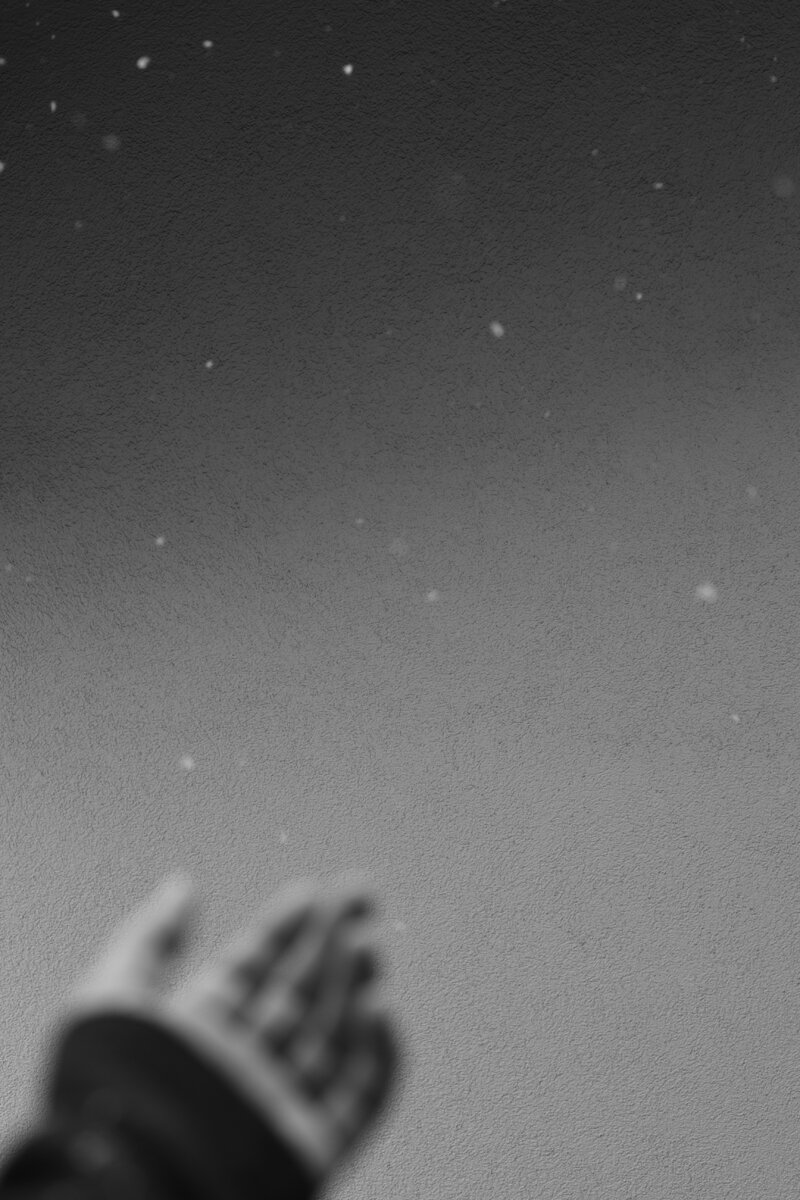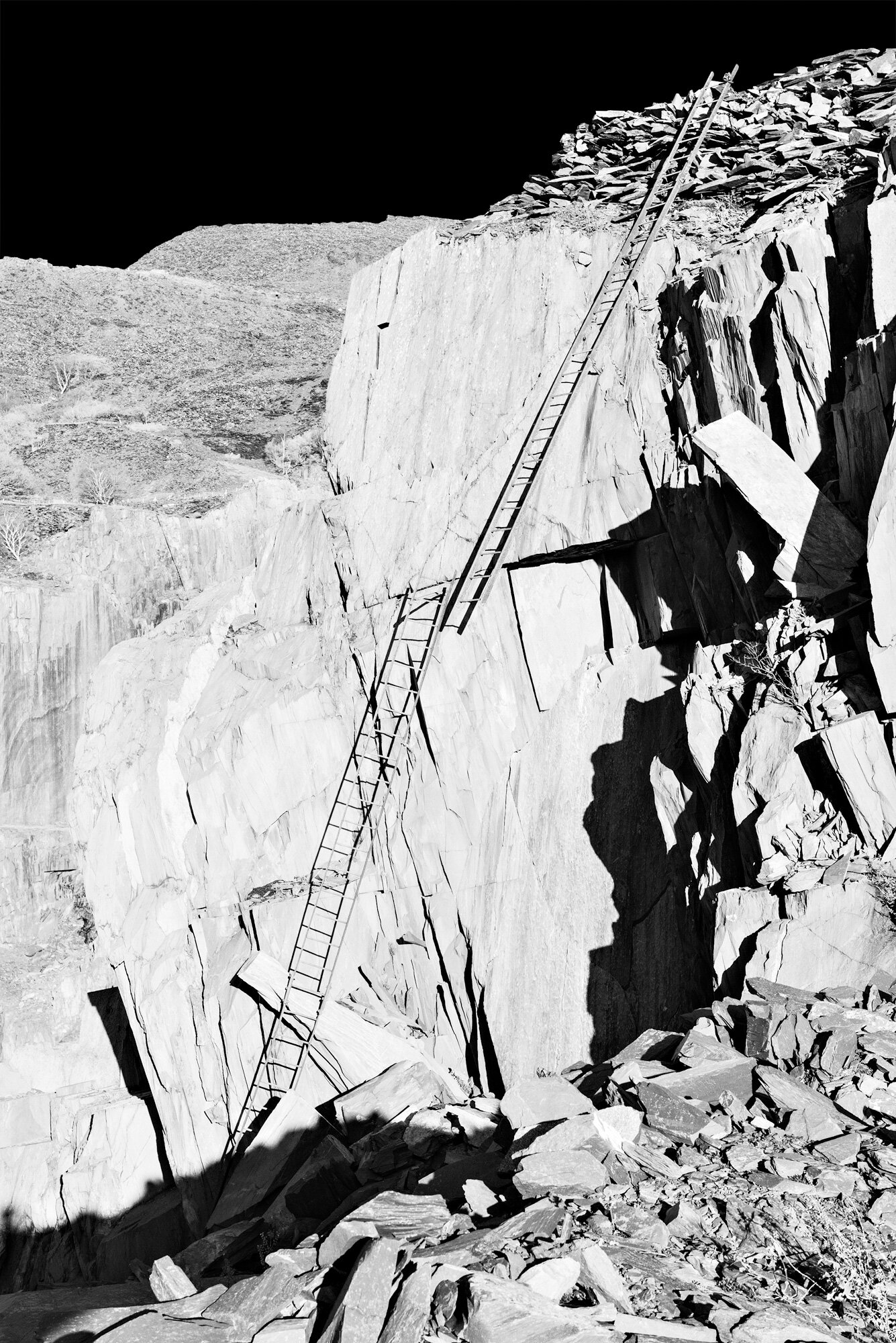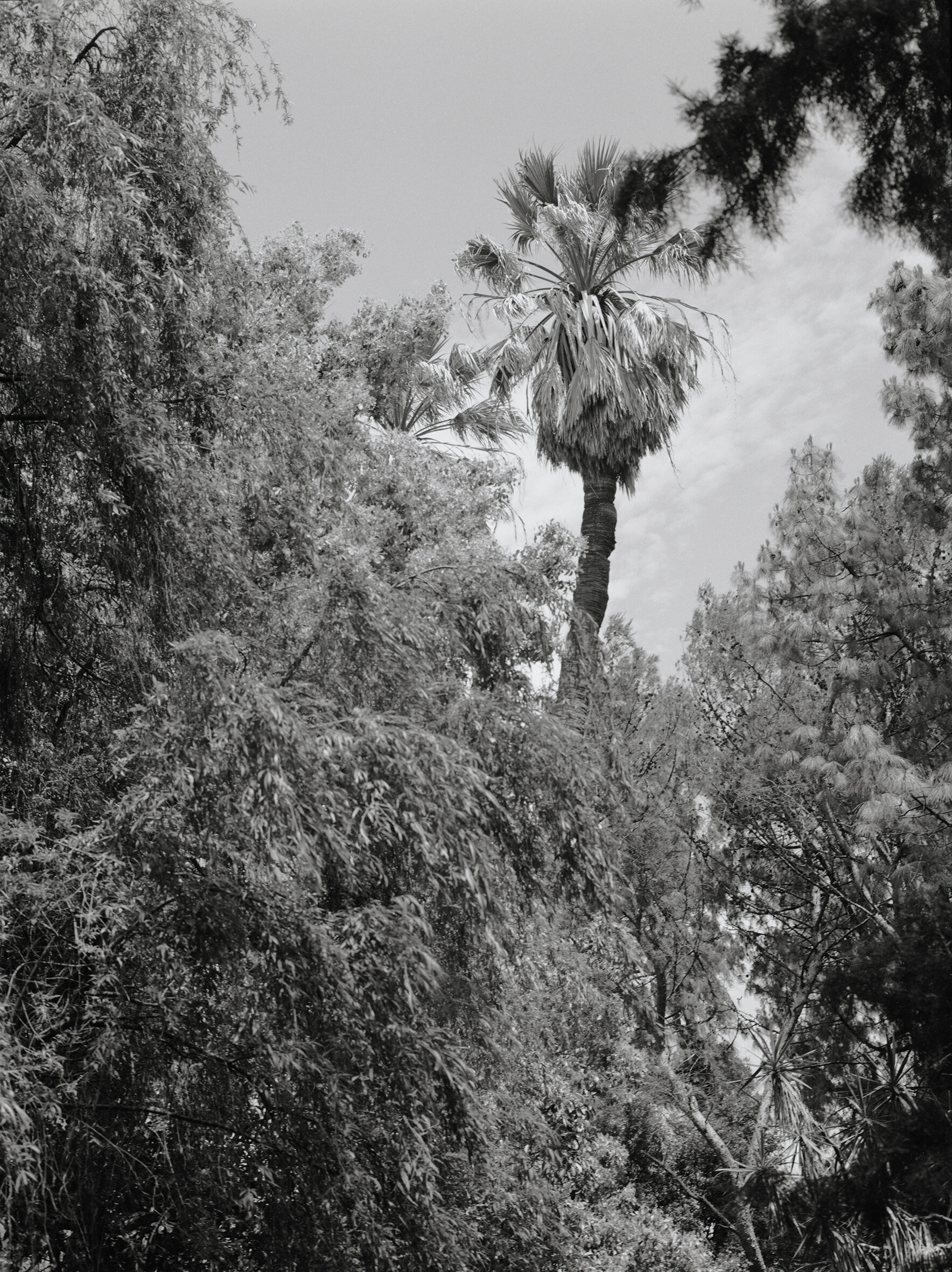Sybren Vanoverberghe #35
COLLECTIVE 35
SYBREN VANOVERBERGHE
Collective focus on the artistic process of one emerging artist; we learn about their sculptural practice and how it relates to construction, deconstruction, or both. Questions by Joanna Cresswell.
Tell us about your process. What reference or influence (if any) do you take from other mediums? Three years ago I started on my bachelor programme at The Royal Academy of Fine Arts in Ghent, Belgium. Since then I have been looking at a lot other photographers work, later on I got more and more out of music, reading and painting. The diversity in subjects and different media keeps my head fresh to keep on exploring new approaches to the medium.
The process of working changed a lot in these three years and I got to a point where I’m exploring more and more on how to interfere in the works as a photographer. Lately I’ve been trying to explore other influences to my own work as sculptures, drawings and maquettes. The drawings make me think about how to work on a more interesting visual representation of the image and the maquettes and sculptures work as an extention to the physicality of my projects. I still don’t know if I see them as finished works or just as a practice for the images I want to make.
Another big part of my inspiration comes from looking at archive images, one of the recent books I purchased is Parellel Encyclopedia #2 by Batia Suter. The book really gives me a boost to travel and photograph different historical places and to discover how different periods in time produce different types of imagery. It’s not always the image itself that’s intriguing me but also the way it is printed with older techniques. This leads to different types of greytones and structures which I want to include in my own work as well.
In my previous work I always focused on one or a couple of different places that I explored by photographing them. Now my focus is more on the historical part combined with fictional aspects of different places. I like the balance of interfering in the images combined with a documentary approach. You can deceive the viewer in a way that the demystification of these places and the subject plays the bigger role instead of only focusing on the topographical aspect of places and moreover on the psychogeography.
I wouldn’t say photography is purely a way of investigating, rather it is trying to understand or a guessing of my perception on the cyclical character of history and at the same time exploring the boundaries of the medium itself.
Are these pictures concerned with exploring formal and aesthetic interests, or are they representational, metaphorical? What is the weight that holds these pictures together? I think they are both. I work on every image individually and only afterwards look to combine them into a book or an exhibition. I like to refer back to my inspiration I get out of the archive imagery as most of these images also have been combined afterwards in Encyclopedia’s. In a way I like that a lot of them are actually not made to be sequenced together in a book, you can clearly see differences in contrast, tones and the images itself. I don’t like to work in one strict aesthetical style, however in the end, the images need to bring up a dialogue and fit the subject of a project. I like different approaches to the medium and aesthetics in one and the same project. It makes the viewer think and raise questions instead of giving clear answers.
The other way around, the images can be seen quite metaphorical. Sometimes it’s really a guess and then in the end I have to see if things work out well when they are sequenced and combined together.
Are you a photographer or an artist using photography? I prefer to call myself a photographer instead of an artist. Even now, when I’m exploring to work more and more with sculptures, maquettes and objects, it is still my approach as a photographer that plays the main role.
Does your work reflect on the medium of photography or the photographic image? If so, is that intentional? I think every photograph does reflect on the medium of photography in some way. There’s always a choice in how you make certain decisions to produce your images. It’s not always intentional for the photographer or person who takes the picture in origin, but for one of the viewers it could be.
As I’m only working with photography for four years I think it’s normal one experiments and tries to explore the medium in various ways. I don’t believe in one strict way of working with a medium, a lot of things can change over the years. I think the balance between reflecting on the medium and the concept of my projects is really important. One of my first projects was photographed in a very classical way cause the subject was very classic as well. The project I’m working on now deals with the subject of Iconoclasm, so in a way it seems logic to me that there’s a bigger diversity in aesthetics and ways of approaching this subject as the subject is more complex. Iconoclasm talks about how we perceive images and eventually destroy or deny them. Photography is an image making tool, so I try to see how I perceive photographs and how we all see them as new icons compared to icons of the past.
Typically, are your works more about construction or deconstruction? I think the combination of construction and deconstruction is where things become interesting. I like to deconstruct places and make combinations without being too logical with them. By deconstructing places I mean I’m photographing places close to home as well as historical places in a kind of abstract way that has more to do with the psychogeography of the place instead of the geographical aspect of it.
Playing with the question if things are staged or not, as in constructed or deconstructed. We’re free to work with a medium that has the possibility to show the world in a very veracious way. Still you have the freedom as an artist or photographer to interfere in the images and raise questions to the viewer about fictional aspects in a documentary work. You can work as an installation artist on the locations you want to photograph, still the end product is a flat two dimensional photograph, but what happened before making the image can sometimes be unclear. This interference is quite interesting for me because it is linked to the temporality of places and the cyclical aspect of history.
Are you interested in the notion of your pictures as objects? Do you think about how their physicality may endure as you are photographing them or is that an afterthought? I don’t think about the image as an object at the moment I’m photographing yet. It is only when I print the photograph I can start to think on how I want to present it as an object.
It interests me how you can depart from a photograph and in a further stage really come to a physical object. I’m working on a sculpture which is inspired by one of the images I made last year. In the end the confrontation between the sketches of the sculpture, the sculpture itself and the photograph form a nice combination on what a photograph can lead to in ways of physicality. It’s a process which starts from the moment my photographs are developed, for each image this can lead to various final results. For me it raises questions on how I conceive photographs as objects.
Often sculptural photographic works are concerned with elevating banal objects, situations or events to a status of ‘art’ – when does something become art for you? By using the medium of photography you depart from a mechanical reproduction technique of reality. The more parameters one uses together with the medium the more abstract the whole process of photographing becomes and the further, you get away from authenticity. For me photography as an artform is finding the balance between the mechanical part of the medium and how you interfere as a photographer. Often this can lead to using other mediums besides photography.
This intermediality is very present in contemporary photography. However, by working with different media it is easy to stop raising questions about the original medium which you’ve started with.
For me art is not only elavating objects to something sculptural or visually interesting, it is the combination of the concept of a work and the questions raised about a medium in which something has been made that can lead to the perception of an artwork. For me it is the balance between the aesthetics, the final presentation of the work and the questions raised on the medium.











